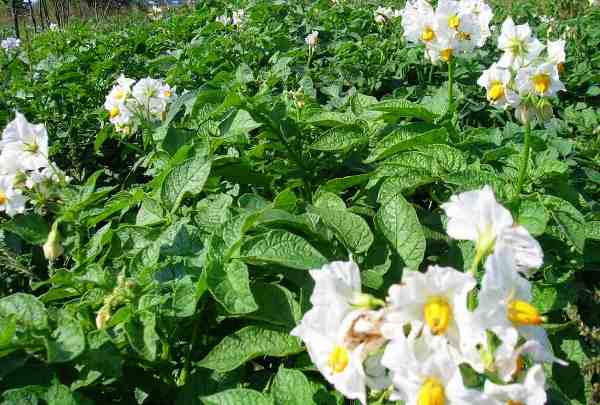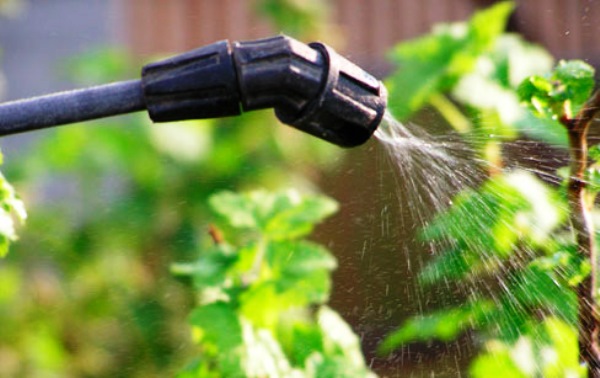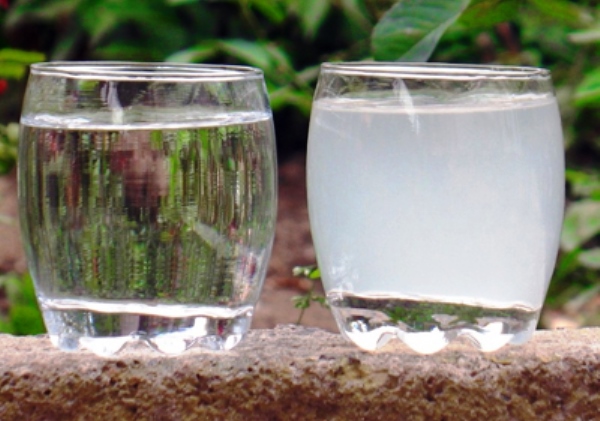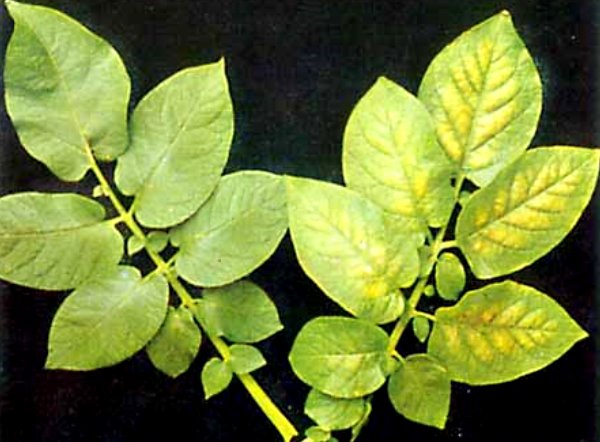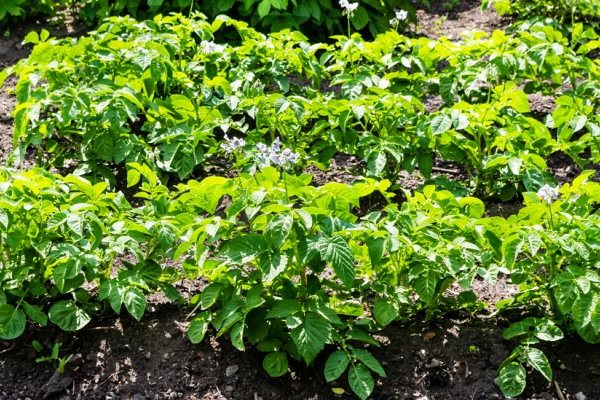Features of foliar nutrition of potatoes
A feature of potatoes is their low susceptibility to various kinds of dressings, but this can be compensated for by its ability to absorb the necessary micro- and macroelements through the leaves. This is the essence of such an indispensable procedure for growing a culture as foliar feeding. With this method of fertilization, the plant absorbs nutrients with its ground part, and both the leaves themselves and the stems or flowers can participate in this process. Another among the features of foliar feeding of potatoes is the increased digestibility of the introduced elements by the plant with this method of processing. This is due to the fact that the fertilizer is in contact with that part of the bush that most needs it due to the special intensity of the life processes taking place there. This timeliness of supplying potatoes with the nutrients necessary for growth leads to a significant increase in feeding efficiency - in some cases up to 100%.
Content
Foliar feeding technique
The specificity of the part of the plant that is being processed creates certain obstacles to the penetration of nutrients. This is due to the structure of the potato leaf - its epidermis consists of several layers of cells, the outer of which is covered with a special protective layer of cutin and wax. If this barrier is not overcome, the effectiveness of feeding will decrease dramatically - only a third of the beneficial compounds will be absorbed by the plant. That is why it is so important to use special substances when feeding, which help to overcome the protection. Adjuvants - compounds that are used for this purpose - are surfactants (surfactants) designed to increase the speed and area of the droplet spreading over the surface of the processed sheet. In this case, simultaneously with the retention of the nutrient solution, the cuticular layer of the leaf surface is damaged, and fertilizer penetrates into the resulting gaps. Therefore, it is important to select the optimal adjuvant before starting feeding.
Another feature of feeding is the choice of quality water. Do not use water obtained from stagnant reservoirs or characterized by high pH, increased content of organic compounds or salts, otherwise unexpected crystallization of the fertilizer may occur, which will lead to problems with the operation of the sprayer and the inability to continue feeding.
Having chosen a source of high quality water, determine the volume of solution that is required to treat a specific area. For each hectare of land, it is necessary to prepare 300-400 liters of solution, given that the more the upper part of the potato bush is wetted, the more effective the feeding will be. Depending on the stage of development of the tops, you can make a small adjustment to the volume of the working solution.
In addition to the correct choice of the concentration of the solution and the use of surfactants, it is important that the spraying is small droplets. Conventional sprayers for the most part meet this requirement and can be used for foliar feeding of potatoes.
How to feed
Trace elements are contained in the plant in minimal quantities, and the same insignificant amounts are required for replenishment. However, despite this, each trace element is irreplaceable and performs unique, strictly defined functions, which means that each of them is important for plant growth. Microfertilizers are most often applied together with the basic elements necessary for good nutrition of potatoes. Both those and others are easy to pick up, paying attention to the appearance of the bushes of the plant - he will tell you exactly what they are missing.
Essential elements:
- Nitrogen. In case of a lack of this element, young shoots stop appearing, and the leaves of the potato acquire a pale green tint. There may be a sharp drop in the ovary. This is due to the importance of the role of nitrogen as the main element for the formation of most organic compounds. It is he who determines the volume of the future harvest. Urea is often used for nitrogen fertilization.
- Phosphorus. With its lack, potato leaves stop their growth, you can observe the formation of areas with dying tissue on them. Phosphorus is responsible for the development of the root system and the strength of the flower shoots. A sufficient amount of this element will ensure early fruiting, increase the resistance of potatoes to diseases and various mechanical damage. Also, phosphorus treatment will allow the plant to accumulate more useful energy and protect against the harmful effects of low temperatures.
- Potassium. If the leaves of the potato curl, and in especially severe cases fall off, and brown spots can be observed on their edges, then the plant does not have enough potassium. It has an impressive range of useful properties. Like phosphorus, it increases the resistance of the shoots to a drop in temperature, and enhances the rate of root growth. In addition, potassium can increase resistance to drought, disease and strengthen the stem. Thanks to this element, the content of proteins and starch in potatoes increases, which has a positive effect on the quality of the product as a whole.
Trace elements:
- Manganese. The leaves of a plant with a lack of manganese quickly turn yellow and fall off. At the same time, their veins remain green. This trace mineral is responsible for stimulating growth points and preventing chlorosis, but its main role is to ensure adequate circulation of sugars from the leaves to the potato tubers and the absorption of iron from the soil.
- Bor. With a lack of boron, the leaves are corrugated, and young shoots do not appear, because it is he who contributes to their formation. Boron treatment can increase potato resistance to drought as well as fungal diseases.
- Magnesium. The formation of patches of pale yellow color between the veins of the formed leaves of the plant signals a lack of magnesium. Such an insignificant external sign, if you do not pay attention to it, will lead to leaf fall, significantly worsening the quality of the potato. Magnesium has such an effect on plant growth due to its participation in the formation of chlorophyll, which means that it is he who is responsible for photosynthesis and activation of enzymatic processes. Potatoes especially need to be fed with this microelement, because is a crop with a significant removal of potassium.
- Iron. It is easy to determine its lack by yellowed potato leaves, while their veins retain their natural green color.
- Copper. With a lack of this trace element, young shoots die off, and the leaves become noticeably paler, twisted.
It is important to remember that different elements are metabolized in different ways. So, nitrogen, sodium, magnesium are characterized by the highest rate of penetration through the leaves, and potassium and trace elements - the lowest. This, however, does not detract from the main advantage of foliar nutrition for potatoes - even the slowest in assimilation elements enter the plant faster than when feeding from the soil.
Terms of introduction
Depending on the type of soil, the timing of foliar top dressing of potatoes will vary.Therefore, when choosing the correct time, it is necessary first of all to focus on the phases of shoot development. The potato bush receives the main share of the elements at the stage of tops growth. When the bush begins to bloom, about 50-60% of the basic elements have already been absorbed and foliar feeding will be less effective. The optimal time for fertilizing is the very beginning of bud formation.
At the stage of tuberization, a good solution is to treat the plant with manganese. This will improve the taste of the potatoes. Boron treatment in this phase will prevent the formation of voids in the tubers. When the tubers are ripe, you can treat the potatoes with phosphorus. To a greater extent, this is important for late varieties.
If, before the scheduled date of feeding, the potatoes are overtaken by frosts, you will have to wait three days and only then implement your plan. And, of course, a constant condition for high-quality foliar nutrition is the general health of the treated bushes - if they turn yellow or show any signs of any disease, feeding will not make sense.
Video "Mineral nutrition of potatoes"
The video tells in detail what minerals and trace elements are necessary for the full growth of potatoes, how and when to apply them.

